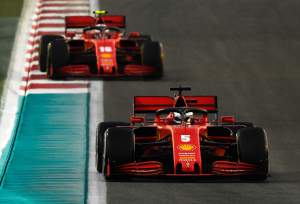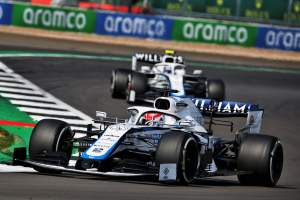Up Next

Everything started as normal with the pre-season testing throwing up the usual questions of who was really competitive and who had wasted their winter. The one question that was definitely answered was that Mercedes once again had done its homework, while Ferrari had major problems.
Then the coronavirus hit and, for a while, the teams actually travelled to and got all set up for practice in Melbourne only for it to be cancelled at the last minute. For a while, it looked like we might not get a 2020 Formula 1 season.
All the teams were forced to shut down during this period, with most of them contributing to the design, creation and production of various different kinds of breathing apparatus. This shutdown meant there was a limited time for car development and, along with enforced restrictions to save teams from spending money, meant that F1 2020 if it ever did kick-off might just be a very different kettle of fish.
But when it finally did start, it was a great one despite it once again being the same old story at the front with Lewis Hamilton and Mercedes dominating.
It was still an interesting year technically that showed the strengths and weaknesses of the 10 teams. As always, at the end of the season I like to look at the performance trends and see which teams lived up to expectations and which fell short.
There are three clear groups in the field that I’m going to look at. The first is the lead group of Mercedes and Red Bull, the last is the ‘Class C’ group of Williams, Alfa Romeo and Haas with the rest making up the midfield group.
In order to rank them, I’m using ‘supertime’ performance averages. These are generated by taking the fastest individual lap set by each of the 10 teams on each grand prix weekend. These are then converted into a percentage of the outright fastest then averaged out over the season.
THE LEAD GROUP
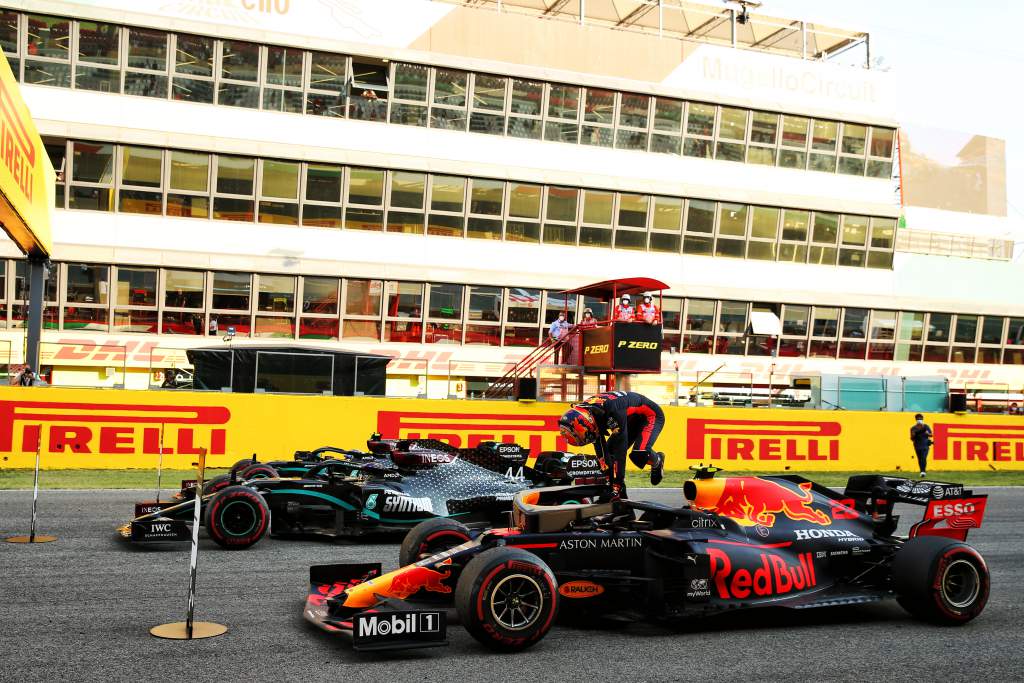 It might be a little bit generous to put Mercedes and Red Bull together in this group given Mercedes did almost all of the winning, but this was the story at the front of the field for the whole year. Once again, Mercedes was usually fastest, but eventually in the Abu Dhabi finale it did get beaten on merit over a race weekend for the first time in 2020 without ‘external’ factors intervening.
It might be a little bit generous to put Mercedes and Red Bull together in this group given Mercedes did almost all of the winning, but this was the story at the front of the field for the whole year. Once again, Mercedes was usually fastest, but eventually in the Abu Dhabi finale it did get beaten on merit over a race weekend for the first time in 2020 without ‘external’ factors intervening.
Now, I use the word ‘external’ loosely. During the season there were various technical directives issued by the FIA, the most controversial of which was the limitation put on engine modes.
This meant that the engine manufacturers had to ‘theoretically’ use the same engine mode for qualifying and the race so basically you couldn’t just keep turning the engine power mode upwards during qualifying and then turn it down for the race.
Mercedes said that this would mean that it could use a more powerful race engine mode and that was probably true. But it might just mean it didn’t have such a big cushion in qualifying. Come the end of the season, Mercedes-engined cars suffered quite a few failures in the MGU-K area and this meant that the Mercedes works team plus the customer teams ran in Abu Dhabi with a down-tuned power unit. The reason for this was probably because Mercedes had over-stretched its power units with the race modes used prior to this race. So what I am saying is that ‘external’ factors can come from many different directions and in different forms.
1 MERCEDES – 100.044%
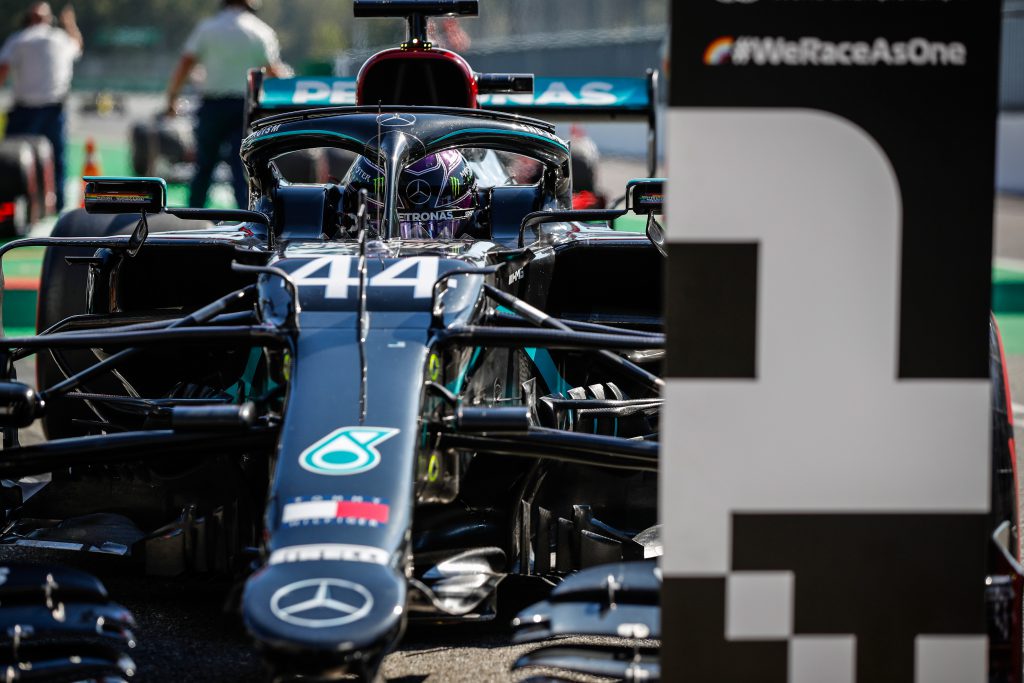 Given Mercedes was under so much pressure at times last year, it really pulled out all the stops with the W11. It featured innovations such as the DAS, the revised rear suspension and ever-tighter packaging with a power unit that could cope with running a little hotter than in 2019. With Ferrari out of contention partly thanks to its engine struggles, the result was another dominant season.
Given Mercedes was under so much pressure at times last year, it really pulled out all the stops with the W11. It featured innovations such as the DAS, the revised rear suspension and ever-tighter packaging with a power unit that could cope with running a little hotter than in 2019. With Ferrari out of contention partly thanks to its engine struggles, the result was another dominant season.
It’s a car that’s now got a more responsive front end so Hamilton is happier on turn-in and that’s just a reflection of how well thought-out everything is. Every change is made for a reason, fully understood and seems to work. The rear suspension change, for example, improved the airflow at the rear to ensure that there was the rear grip and stability to go with that stronger front end.
It’s a long-wheelbase car relative to the rest and that gives a bigger floor area, the low-pressure area underneath gives downforce and everything just seems to work together well. Mercedes hasn’t got drawn into peaky downforce, but an all-round package that the driver can get the most out of and when the driver has confidence he will find those extra couple of tenths. When Mercedes goes looking for more performance, it finds it without accidentally introducing weaknesses.
There’s a good reason why Mercedes has dominated F1, and that was again shown this year.
2 RED BULL – 100.638%
 Once again, we saw Red Bull finish the season strongly having started it less well. In pre-season testing, the car looked nervous on turn-in and that continued for most of the season.
Once again, we saw Red Bull finish the season strongly having started it less well. In pre-season testing, the car looked nervous on turn-in and that continued for most of the season.
The reasons for this vary from year to year and you have to ask why this is a team that always seems to lose itself so often with a new car.
The deficit to the front is almost identical to the average of the 2019 season, but Mercedes got away in the early races and this meant Red Bull was playing catch-up. And while Red Bull set the pace in the Abu Dhabi finale, it kept bringing new bits to the car while Mercedes had its last proper upgrade for the seventh race of the season in Belgium.
The car philosophy did change a little, with changes particularly under the nose. There are also differences to the Mercedes philosophy. The Red Bull runs a higher rake car concept aimed at reducing low- and medium-speed understeer. The high rake allows Red Bull to get the front wing lower to the ground for maximum front-end grip in low-speed corners. Then it also has a suspension system to lower the front end when the steering lock is increased. But the combination of all of these factors didn’t gell into one. If you have understeer, you put more lock on and this would make the car too peaky and unstable.
Red Bull needs to have a philosophy of a more all-round, consistent car that it’s easier to get the most from. That will also help with tyre management and make sure that drivers other than Max Verstappen can get the most out of it.
I don’t think Verstappen flattered the car, but he’s a driver capable of getting the most out of one that’s difficult to drive.
THE MIDFIELD GROUP
Five teams were bunched in F1’s midfield and separated by just 0.363% in terms of average performance. While Racing Point was the fastest, McLaren came out on top in the fight for third in the constructors’ championship.
That’s despite being only fifth fastest on average thanks to Ferrari’s up and down form.
3 RACING POINT – 101.246%
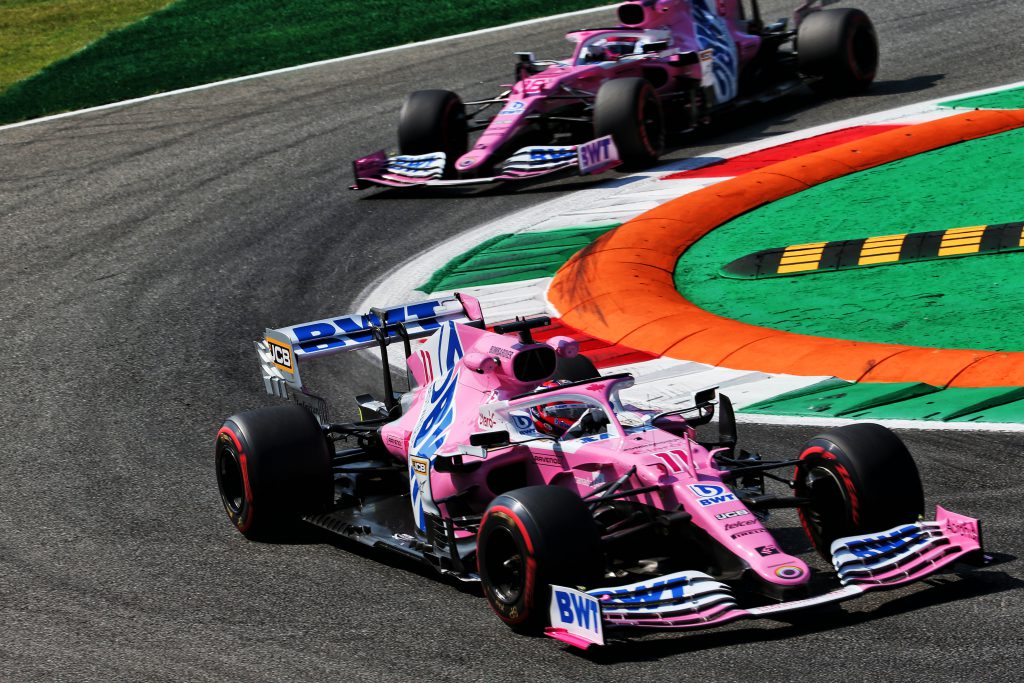 Racing Point had the quickest car in the midfield and will be disappointed to miss out on third place in the constructors championship. It was close, and you have to remember that it lost 15 points due to the illegally-designed rear brake ducts, but overall the reliability and sharpness wasn’t quite there to make the most of the package.
Racing Point had the quickest car in the midfield and will be disappointed to miss out on third place in the constructors championship. It was close, and you have to remember that it lost 15 points due to the illegally-designed rear brake ducts, but overall the reliability and sharpness wasn’t quite there to make the most of the package.
I have to say that I didn’t agree with the philosophy of copying the 2019 Mercedes. Yes, you take ideas from other teams but I felt it went too far this year even if a good job was done in cloning the car and then understanding it. That’s not so easy to do but even so, I feel that finishing fourth was the right result because I don’t buy into this approach in F1 and it would have been wrong if Racing Point had been a comfortable third because of this.
Racing Point is a good team, as it showed when it finished fourth as Force India twice, but here it only returned to that level. Over the next few years, it’s going to have to stand on its own two feet – there will be nothing to copy in 2022 after all – and given the investment and the people, that’s very possible.
There were some big results for Racing Point along the way, notably the win in the Sakhir GP, but there were some less good results as well. So the consistency wasn’t there and that proved costly even though the car was probably the third-best overall.
4 FERRARI – 101.398%
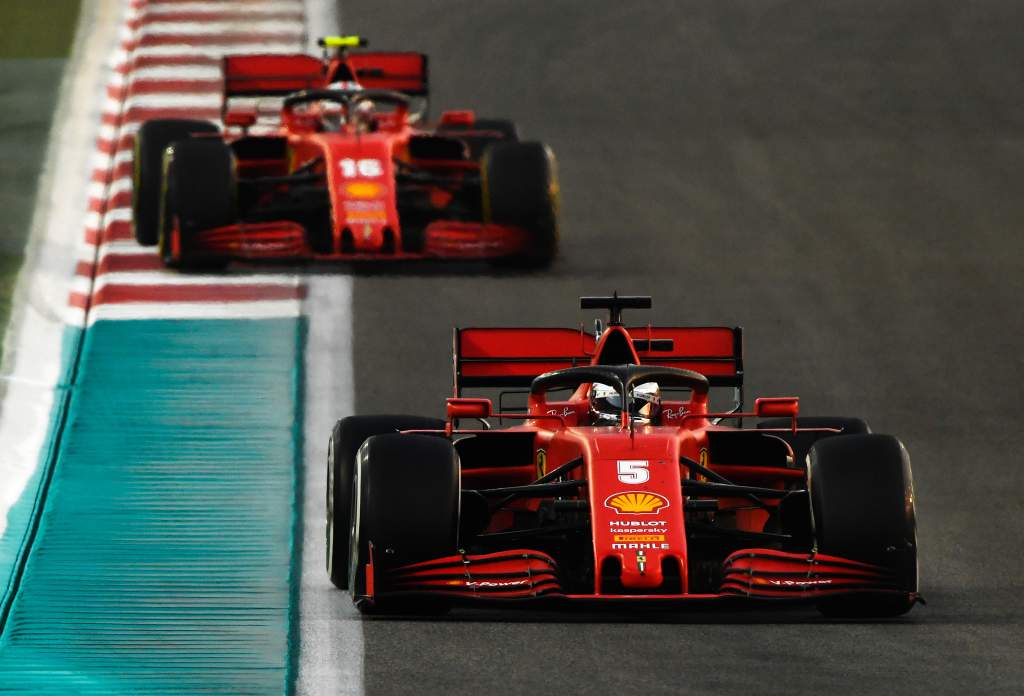 Team principal Mattia Binotto recently described Ferrari’s season as “inadequate” and you can’t argue with that. The main problem was the power unit and we still don’t know exactly what it was that Ferrari was doing in the past. I defended Ferrari in 2018/19 as I didn’t believe it would push the legality as far as it appears to have done, but it has certainly paid the price and had the worst engine package of the four manufacturers.
Team principal Mattia Binotto recently described Ferrari’s season as “inadequate” and you can’t argue with that. The main problem was the power unit and we still don’t know exactly what it was that Ferrari was doing in the past. I defended Ferrari in 2018/19 as I didn’t believe it would push the legality as far as it appears to have done, but it has certainly paid the price and had the worst engine package of the four manufacturers.
What I don’t understand are the comments about getting the drag level wrong and how this was too high. That’s not how it should work – you don’t look at your own data, you look at everyone’s and the track characteristics to set those levels.
Basically, there are three things that contribute primarily to performance: downforce, which you want as much as possible of; drag, which you want as little as possible of; and horsepower, which again you want as much as possible of. Ferrari had less power than expected, but it knew that coming into the season and it still got it wrong, and that’s a concern.
The car was reasonable most of the time and went well at the less power-dependent circuits. As a team it was a bit like Red Bull it that it was a one-driver team, Sebastian Vettel really struggled and was about 0.7% slower relative to Leclerc. That’s a huge gap, which tells you the extent of his struggle with the rear end. He never upped his game even though there were a few occasions when he did a better job.
We’ve heard Ferrari being confident about improving before, so let’s see if it can make good on it in 2021.
5 McLAREN – 101.415%
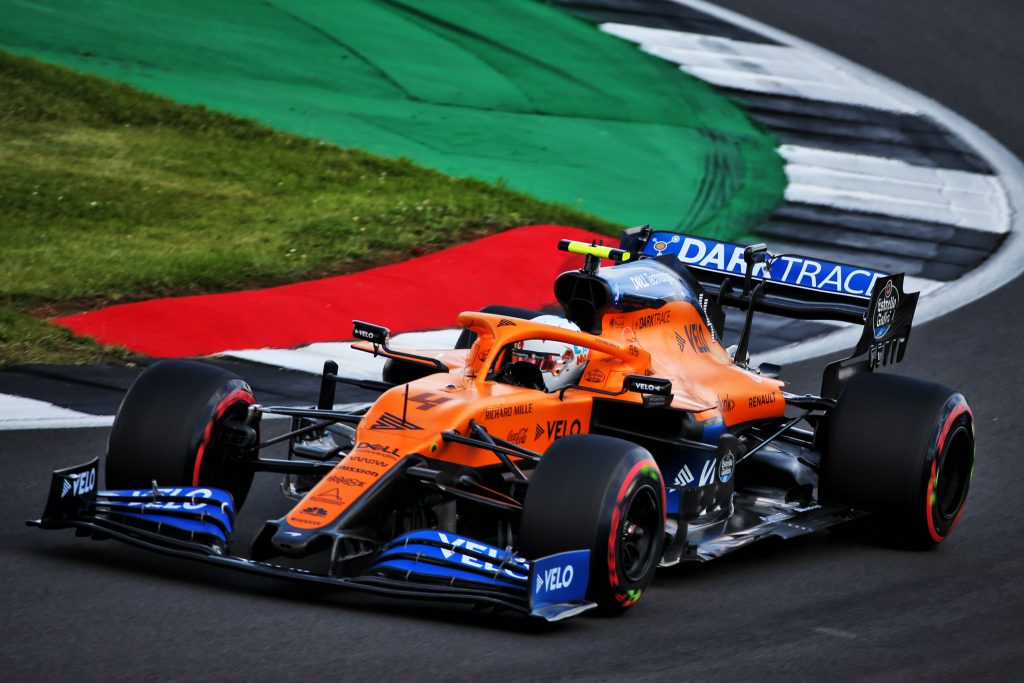 McLaren had a strong year, which is impressive given it was just a couple of years ago that it was really in the doldrums.
McLaren had a strong year, which is impressive given it was just a couple of years ago that it was really in the doldrums.
McLaren was limited by being a customer team to Renault and although it will benefit from Mercedes power next year, that’s still a customer deal. But overall, good gains are being made.
The McLaren chassis looked good. It has a strong front end, changed direction well, the traction was good – even if it was perhaps a little too sensitive to wind direction. McLaren also had a well-balanced driver line-up in Carlos Sainz and Lando Norris, which helped, they drove each other and were probably the best overall team line-up in this midfield group.
McLaren is definitely on an upward slope, the team structure is good, James Key and Andreas Seidl know what they are doing. The key now is to continue on this trajectory.
The car also evolved over the season and was strong enough to be the midfield leader in the final weekend of the season, so that’s encouraging. As long as the car is adapted to the Mercedes power unit well, next season could be as good, if not better.
6 RENAULT – 101.579%
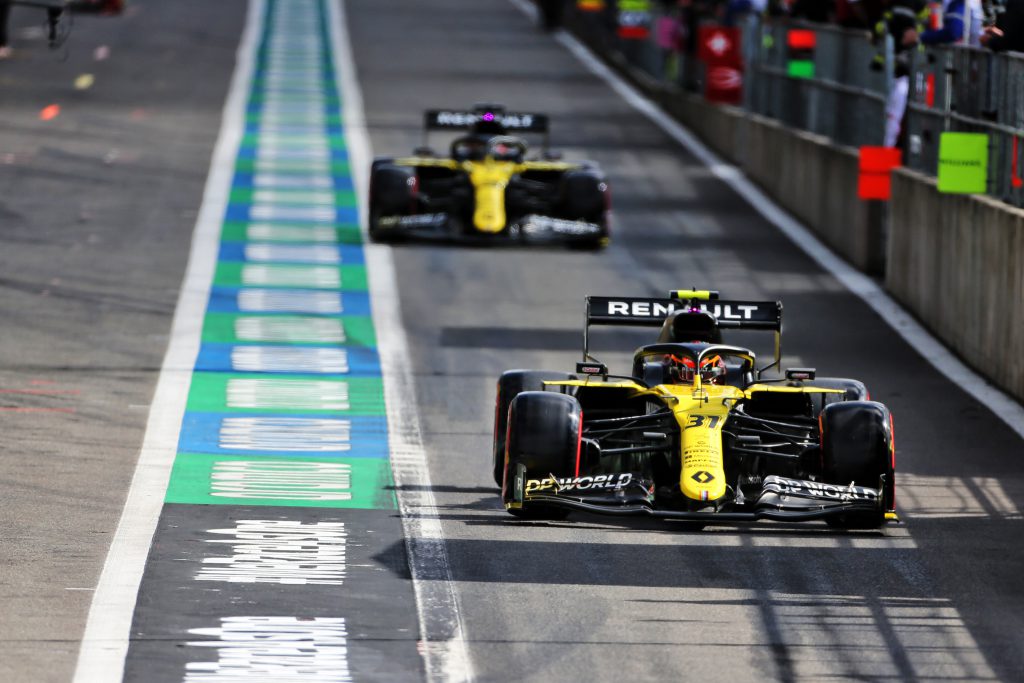 After struggling in 2019, Renault does now at least look to be back on course to get to the front again – as it should be given the fact it’s a works team that has everything it needs to get to the front.
After struggling in 2019, Renault does now at least look to be back on course to get to the front again – as it should be given the fact it’s a works team that has everything it needs to get to the front.
It’s been an up-and-down season. There were some really strong races after discovering the aerodynamic problem that was fixed around Silverstone/Spa time, but still the consistency wasn’t there.
In such a tight pack, that consistency is important but ultimately Renault was still only sixth-fastest on average. So another step is needed next year.
Finishing behind McLaren is also not a good thing given that’s Renault’s one and only customer. I’d like to see a good step in pace next season and maybe Fernando Alonso can do that but in Daniel Ricciardo, Renault wasn’t exactly lacking a top driver in 2020.
Now it’s a question of building upon it. The car concept change with the new nose seemed to work well at some circuits so it’s going to be all about better understanding of why that was, in order to continue to get more out of the car aerodynamically for next year.
7 ALPHATAURI – 101.609%
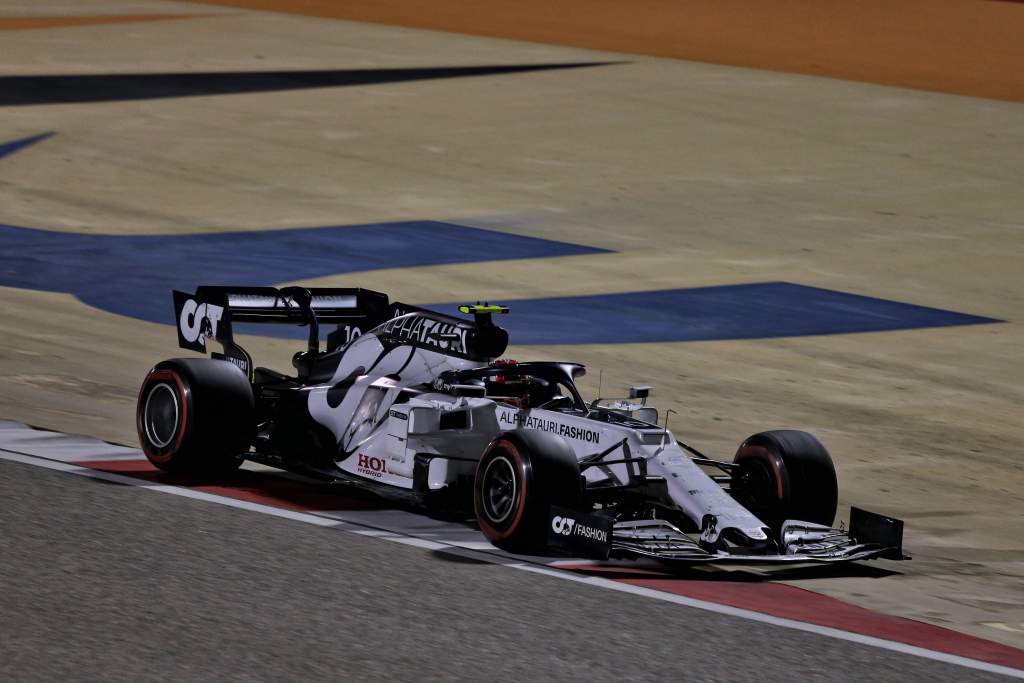 AlphaTauri had a decent season, not just thanks to winning a race but because of the relatively consistent points. In the past, I’ve criticised the team’s inconsistency and that’s improved but there’s still a bit too much of that. Sometimes both AlphaTauris are there in the top 10, sometimes not and that’s probably more down to the team than the car itself, and that’s something that needs to improve some more.
AlphaTauri had a decent season, not just thanks to winning a race but because of the relatively consistent points. In the past, I’ve criticised the team’s inconsistency and that’s improved but there’s still a bit too much of that. Sometimes both AlphaTauris are there in the top 10, sometimes not and that’s probably more down to the team than the car itself, and that’s something that needs to improve some more.
It can be confusing to be seventh and eighth one week, then 14th and 15th the next, so understanding how to get the most from the car at every circuit is important.
The car seemed to be relatively easy to drive, consistent in its behaviour and the team’s relationship with Honda in their third season together meant they understood each other much better.
We didn’t see the best of Daniil Kvyat but changes to the Red Bull power steering system and also tweaks to the front suspension geometry gave him the front end feel he wanted so he had a few strong runs late on. But Gasly was the real star driver.
What does impress me is that AlphaTauri used lots of Red Bull 2019-specification non-listed parts but did follow its own aerodynamic philosophy. While the Red Bull was nervous, the AlphaTauri was more driver-friendly, so that shows there aero philosophy is working well.
I wonder what Max Verstappen could do in that car?
THE ‘CLASS C’ GROUP
Alfa Romeo was the leading team in the group of three at the back both in terms of performance and points scored. But all three were 1% or more off the midfield group, so it’s no surprise to see them scoring only 11 points between them with Alfa taking eight of those.
8 ALFA ROMEO – 102.737%
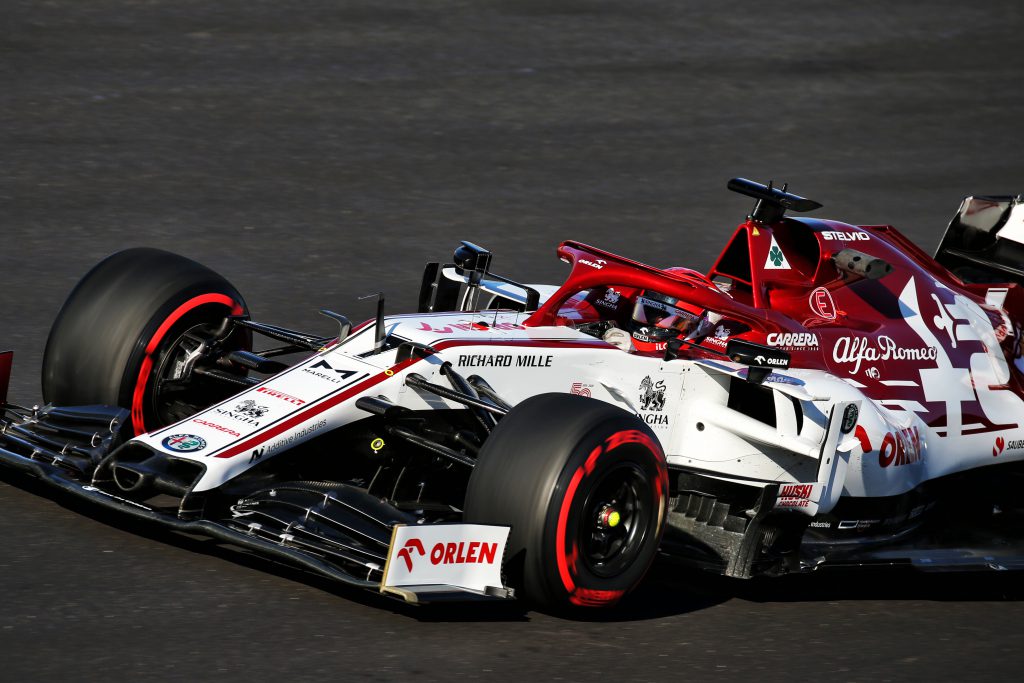 It’s been a bit of a rollercoaster for Alfa Romeo as there were times when the team seemed to be knocking on the midfield door but never quite got there. It’s surprising, and disappointing, given where Alfa was in 2018 and ’19. I’d expected more.
It’s been a bit of a rollercoaster for Alfa Romeo as there were times when the team seemed to be knocking on the midfield door but never quite got there. It’s surprising, and disappointing, given where Alfa was in 2018 and ’19. I’d expected more.
Kimi Raikkonen is a good yardstick and makes a positive contribution technically. There’s no challenge he enjoys more than driving quickly, in qualifying on new tyres he is in his element so he should be able to show what the car is capable of – unfortunately it just wasn’t fast enough, simple as that.
Alfa should be in better shape than this, especially given the famous name. Yes, it had the limitation of the Ferrari engine, but there’s not enough margin over Haas to say that Alfa deserves much credit. It’s a team with potential but it didn’t really seem to come together, so you have to ask if there’s something wrong internally that’s limiting the potential.
9 WILLIAMS – 102.813%
 Williams was a long way off in 2019 but made a big step this year. Even though it is still in that back group, it’s not easy to make that step in one go. Williams went from 4.3% off the pace to 2.8% down – that’s a big gain, even if it was coming from a very low ebb.
Williams was a long way off in 2019 but made a big step this year. Even though it is still in that back group, it’s not easy to make that step in one go. Williams went from 4.3% off the pace to 2.8% down – that’s a big gain, even if it was coming from a very low ebb.
To achieve that you have to understand how to do it. You can’t just work harder, you have to work smarter, simply doing the windtunnel and CFD work doesn’t give you the gains unless you change how you approach it given the problems of the previous season. Williams does appear to have understood that and the result is a reasonable step. But it’s still just a step that gets it to the back of the pack rather than a long way off it. There’s still lots to do but a better starting position than the team has had for a few seasons.
It also had the weakest overall driver line-up. We all know how good George Russell is and he showed it on his weekend out in a Mercedes but Nicholas Latifi wasn’t at the same level, even if he did perform better in races than in qualifying, and that contributed to the fact Williams didn’t score any points. You need both cars in position to take those chances if they pop up.
10 HAAS – 102.998%
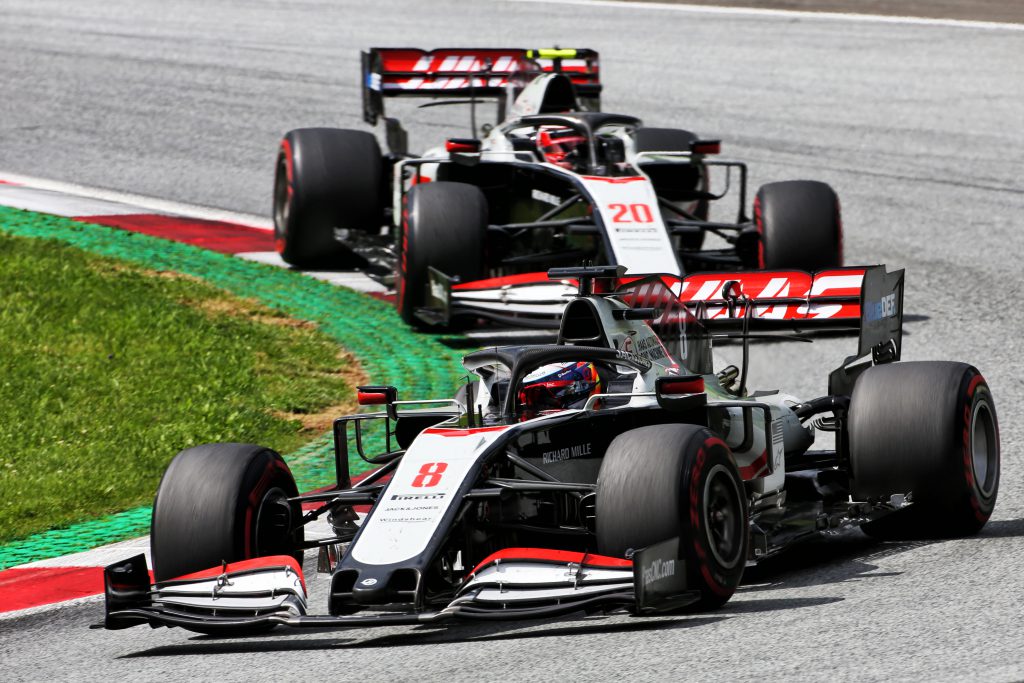 The Haas VF-20 didn’t change from pre-season testing to the end of the season, with the planned developments never being produced thanks to the impact of the COVID-19 pandemic. But you often hear teams say they struggle to get the best out of new parts immediately, and if you don’t have the budget it’s about understanding and exploiting the maximum from the car you have.
The Haas VF-20 didn’t change from pre-season testing to the end of the season, with the planned developments never being produced thanks to the impact of the COVID-19 pandemic. But you often hear teams say they struggle to get the best out of new parts immediately, and if you don’t have the budget it’s about understanding and exploiting the maximum from the car you have.
Haas did seem to have eliminated the aerodynamic problem it had last year with rear-end instability, so that at least shows that progress has been made there. So it’s a team that is on the right track.
It was a sensible decision for Haas to focus on 2021 in the hope of starting more strongly next season while also ensuring the team is stable financially. But, in reality, the real focus overall has to be 2022 now as I can’t see a huge step forward happening next year.
Relatively, both Alfa Romeo and Haas lost less compared to 2019 than Ferrari, so given they suffered the same power unit deficit as the works team, they should see a glimmer of light through the fog that is F1.
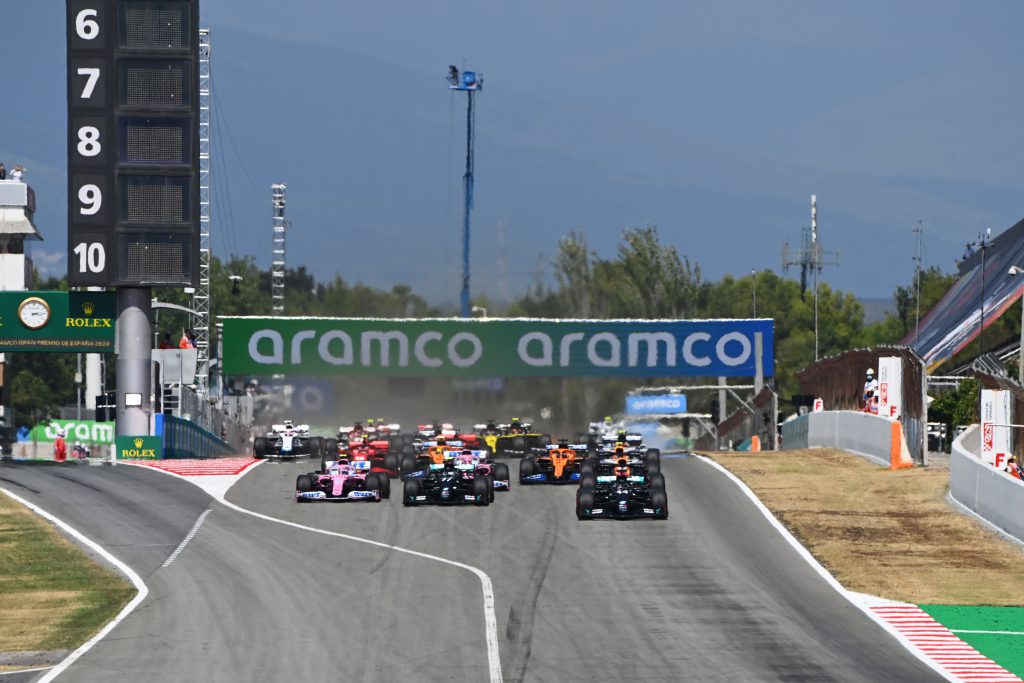
The new season is not far away. There are a few small but significant chassis changes but basically the cars will start the season as a continuation of 2020. Ferrari is very confident in its new power unit, we have a few new drivers coming in, or coming back, and some shuffling of the 2020 drivers. There’s plenty to look forward to.
Stay safe, listen to and obey what your various countries’ and regions’ COVID-19 legislation consists of. We don’t need another 2020, and it’s all of us that can help get the 2021 season underway in a Melbourne. So please do your bit.






